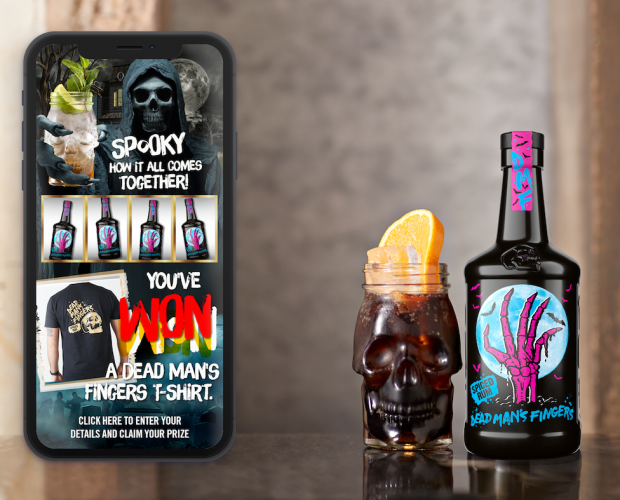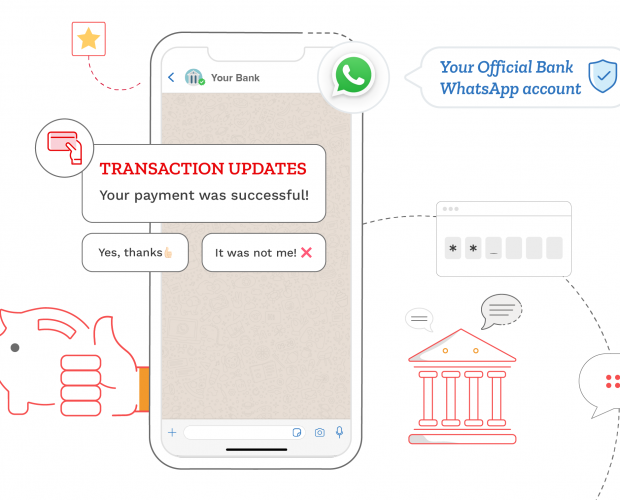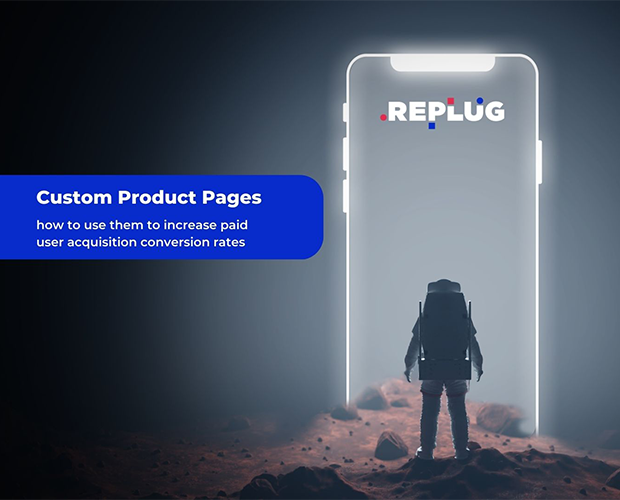The introduction of Flash technology to mobile phones has created a great opportunity for companies to use handheld devices as marketing tools. Damien Bov, Director of mobile agency start-up Pocket Marketing, considers the potential for mobile advertising
Mobile phones have revolutionised everyday life, as well as the way we do business. No longer are they devices merely for phone calls and text messaging but portals that consumers can use to communicate, gather information, be entertained and organise their lives. But despite the fact that mobile phone ownership now considerably outnumbers landline usage, it has been overlooked, and particularly undervalued, as an opportunity for interaction between a brand and its customers.
Marketers must take steps to understand this portal if they are going to incorporate it into their marketing campaigns in 2006 and beyond. Indeed they cant afford not to, as the small portable device that demands and gets so much attention from its users is a space that is not yet being effectively utilised by the advertising industry. Serving as an essential part of a balanced marketing plan, mobile advertising offers a medium whereby brands can achieve constant communication with consumers as and when they want to.
In recent years, companies have dipped their toes in the water, and begun experimenting with SMS marketing, in order to engage with customers via text-to-win, text-for-info and text-for-coupon pilots. Bombarding mobile phone users with unsolicited nuisance messages though, has created a serious misconception about mobile advertising and to many this still prevails. However, some designers have unlocked its true potential for innovation and have ensured that mobile advertising is now able to deliver much more than a simple SMS campaign that companies can exploit to deliver brands in to peoples pockets.
Developments such as pictures, video, java and WAP have all presented openings for brands to promote their products. However, the mobile phone is quietly undergoing a revolution that will change the face of mobile content forever. Flash technology is bringing mobiles to life, in the shape of the Flash Lite 1.1 player.
Produced by Adobe, Flash Lite 1.1 is specifically developed for mobile phones and other devices offering video streaming. It dramatically accelerates the delivery content, enabling designers and developers to produce rich, bespoke user interfaces, while delivering more consistent consumer experiences. Many believe that what Flash has done on the Iinternet is just a precursor for what it can do for mobile.
Customer-centric engagement
The marketing industry has been looking for better ways of doing things, feeling that above-the-line mass marketing is no longer the best way to influence consumer behaviour. Below-the-line initiatives that engage with the consumer in a customer-centric way are now considered the way forward and mobile technology offers the best opportunity for reaching huge numbers of people in the most direct and personal way.
Through a combination of graphics, video, text, images and music, designers are now able to deliver high quality multimedia communications. This is then made available through opt in messaging, specific text back request numbers or proximity marketing. This means that the customer explicitly agrees to receive promotions thus eliminating all worries of spam.
In recent times, we have turned into a nation of download junkies'. With a whopping 740million being spent on mobile content such as ringtones, games and pictures, and indications that this figure will rise rapidly, it is clear that the growing number of 3G mobile phones provides a valuable opportunity for those seeking to boost revenue through pocket marketing.
This has all been brought about by the vast technological advances in mobile phone manufacturing, which has reduced the price of handsets, while at the same time offering a better range of services. The penetration of 3G handsets such as the Nokia 3250, Sony Ericsson W900i and the Motorola ROKR, that already accommodate streaming technologies like Flash-Lite, MPEG and MP3, make this the perfect time for marketers to get in early and experiment with the emerging mobile advertising market.
Personal relationship
By adding mobile integration to current campaigns, brands can enjoy a personal relationship with consumers no other form of communication can match. To maximise success, it is vital that the right material is presented in the correct manner. Although they are the most lucrative consumer sector of mobile phones, the new generation of 18 to 24 year olds are highly sophisticated, critical and increasingly cynical. Able to shut out anything remotely resembling spam, it is essential that any communications aimed directly into their pockets are innovative, imaginative and relevant, otherwise they wont opt in to receive this service.
Marketing to todays youth is not easy, and although the mobile phone provides a perfect route into their personal space, a less than captivating campaign will create a negative response.
Although it is in its infancy, mobile advertising could become a lucrative source of revenue for the network operators, while new technologies such as Flash Lite enable brand owners to communicate directly with consumers. Early signs are positive and the uniquely personal characteristic of a mobile phone makes this a mechanism with a very bright future. Consumers are demanding rich mobile content and if advertising will pay for it, then all the better.
At a time where we are constantly exposed to brands everywhere we go, mobile marketing can be a ubiquitous device for the marketing industry, with consumers choosing what they want to receive. With mobile phones continuing to exceed everyones expectations and mobile advertising set to go mainstream in 2007 agencies need to realise that the biggest marketing tool is there right before their eyes, they just need to move with the times and embrace it.
.png)






